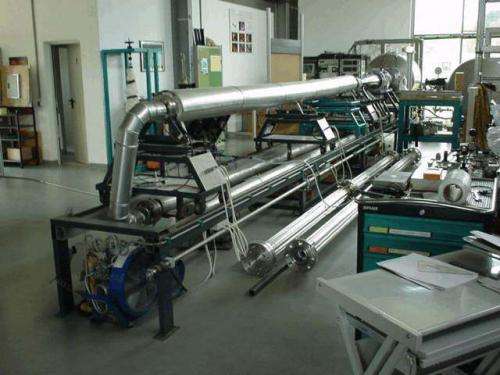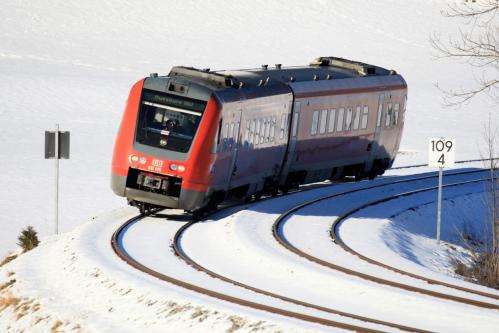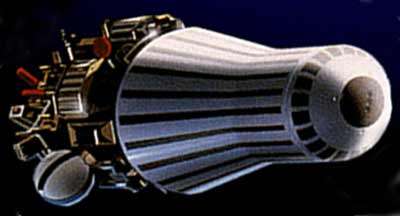Safer train journey by space tech

Good train brakes are crucial for safe rail journeys. In Germany, they are now checked daily using advanced technology that helps spacecraft return safely to Earth.
Railway personnel at Deutsche Bundesbahn simply connect the new automatic tester to the hydraulic brake clutches and select the train type. The computer does the rest via a special sensor – a spin-off from spacecraft reentry research – to verify quickly if the brakes are OK or if they are leaking air.
The device draws on the special technique developed to determine the best trajectory for a spacecraft to enter Earth's atmosphere. The result is more reliable testing which in the end guarantees safer train journeys.
It all started over 20 years ago when German company Hyperschall Technologie Göttingen (HTG), a specialist in aerodynamics, wanted to 'fly' models of reentry capsules in their hypersonic wind tunnel.
"We can simulate the aerodynamics up to nine times the speed of sound of space capsules entering the atmosphere," said HTG's Prof. Georg Koppenwallner.
"The maximum temperature increase as a result of the air flow can be determined by measuring the volume of the flow."
Through careful design, the company developed flow meters for these tests that provided very precise measurements.

"For the past two decades, HTG has been among ESA's most competent partners in aerothermodynamics. Its founder, Prof. Koppenwallner, is recognised worldwide for his expertise," says Jan Thoemel, ESA Expert Project Scientist.
"For ESA's Expert mission, HTG developed sensors that will enable us to validate theoretical aerodynamic equations to predict reentry vehicle behaviour."
Following the success with the custom air-flow meters, a neighbouring company having difficulties with standard commercial devices turned to HTG.

"From our space experience, we designed a flow meter that showed excellent performance," recalled Prof. Koppenwallner.
The company saw the business potential in spinning off its space technology and contacted MST Aerospace, the German technology broker for ESA's Technology Transfer Programme Office.
"We decided to develop a series of flow meters covering a large range of volume flow rates and to use MST as marketing platform."
Looking for technology solutions for a new automatic train brake tester, FEW Blankenburg GmbH – a German company providing maintenance service for rail material – contacted MST.
"We saw that what FEW was looking for was what Prof. Koppenwallner and his team already had developed for space. The basic technology was there, ready to use," said MST's Dr Werner Dupont.
"FEW found that our flow meters meet their requirements on accuracy, liability and repeatability, and could be integrated into their test system for train brakes," explained Prof. Koppenwallner.
"We assisted them in developing the tester and FEW succeeded in obtaining from Deutsche Bundesbahn a contract for a large number of these testers. We have now provided about 70 meters to FEW."
The same meters could also offer high accuracy in leakage testing of pneumatic systems widely used on aircraft and cargo ships.
In 2009, HTG and Prof. Koppenwallner received the ESA Space Spin-off Award for outstanding performance in the area of 'space to non-space technology transfer'.
Prof. Koppenwallner passed away in October 2012.
Provided by European Space Agency





















